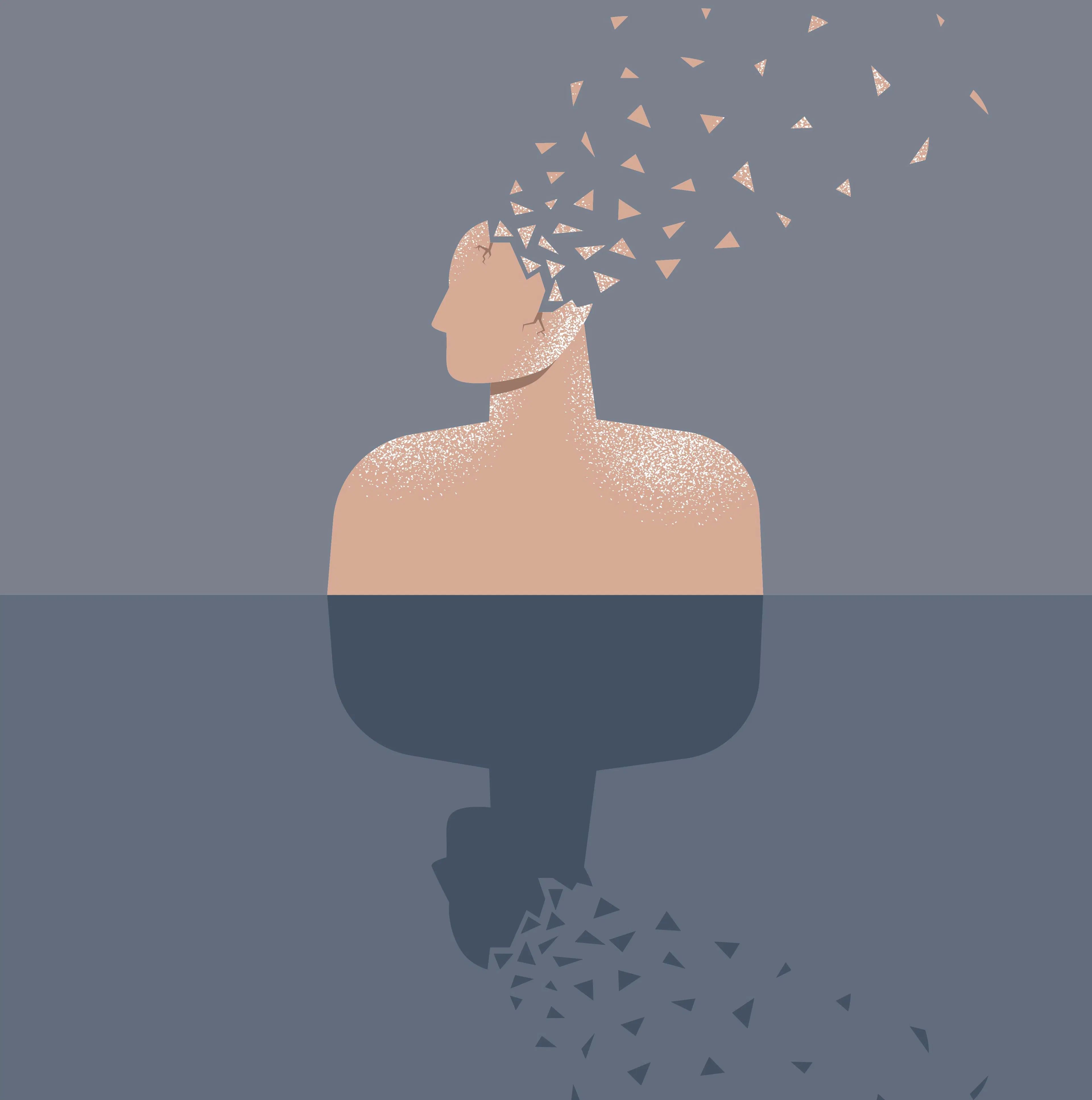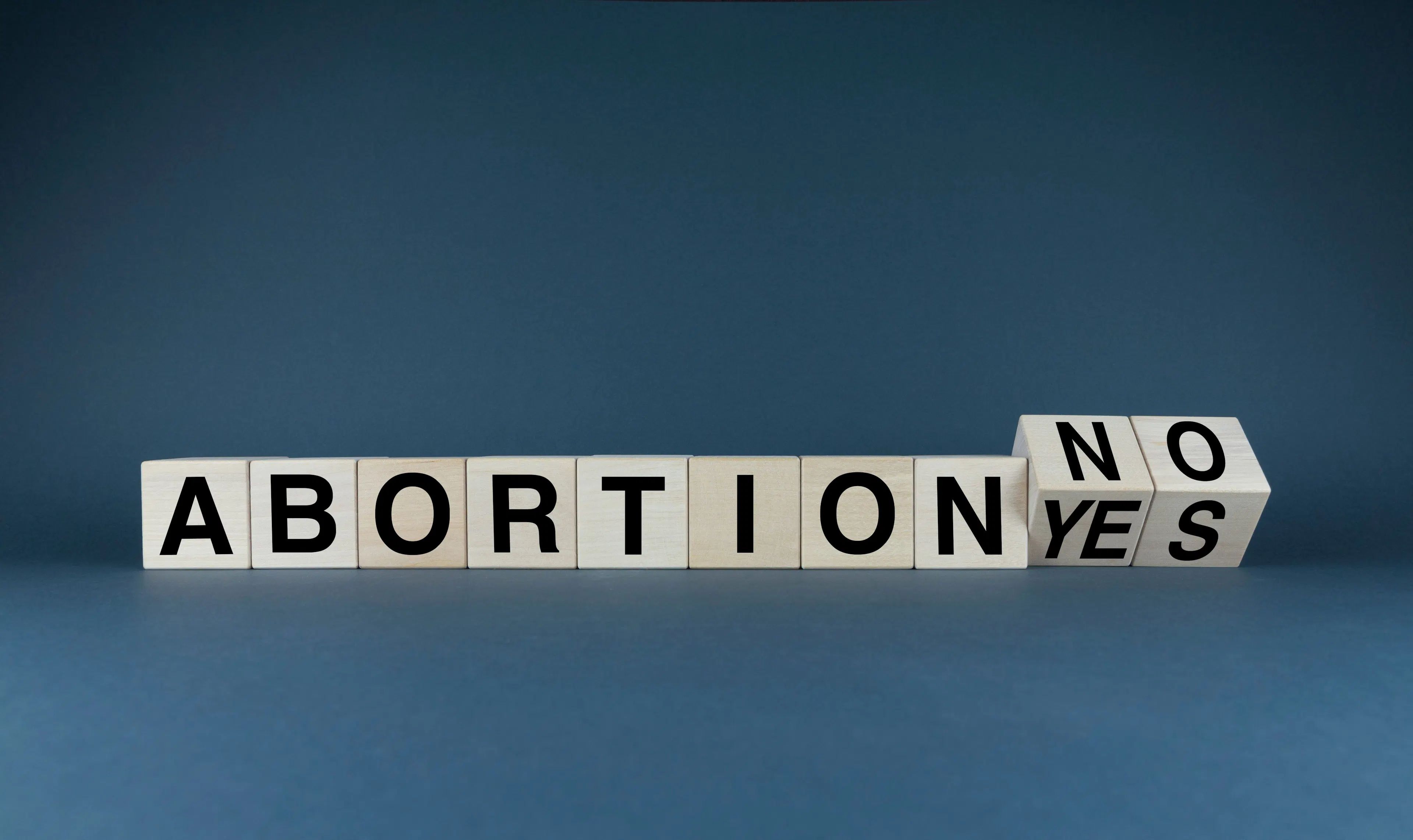News
Article
The Week in Review: February 26-March 1
Author(s):
From personality disorders and common comorbidities to the effects of abortion bans on mental health, here are highlights from the week in Psychiatric Times.
Chepko Danil_AdobeStock

This week, Psychiatric Times® discussed a wide variety of psychiatric issues and industry updates, from personality disorders and common comorbidities to the effects of abortion bans on mental health.
FDA Issues CRL for Roluperidone in the Treatment of Negative Symptoms of Schizophrenia
everything bagel_AdobeStock

The US Food & Drug Administration (FDA) has issued a Complete Response Letter (CRL) in follow-up to the New Drug Application (NDA) for roluperidone (MIN-101) as a treatment for negative symptoms of schizophrenia. In the CRL, the FDA cited several clinical areas for improvement necessary for future approval of roluperidone.
The cited deficiencies include insufficient data to establish that the change in negative symptoms with roluperidone treatment was clinically meaningful, and a lack of data on concomitant administration of antipsychotic drugs in the NDA submission. The FDA also stated that there was an inadequate number of participants exposed to the proposed dose (64 mg) of roluperidone for at least 12 months in the safety database. Continue Reading
An Update on Personality Disorders and Common Comorbidities
Anbuselvan/AdobeStock

Descriptions of character and temperament are ancient, found in Chinese and Greek writings from more than 2000 years ago. Hippocrates proposed a humoral theory of temperaments (sanguine, choleric, melancholic, and phlegmatic) in 400 BC. Emil Kraepelin classified patients with manic depression as depressive, hypomanic, or irritable.
Our current taxonomy of personality disorders derives from Kurt Schneider’s ‘‘psychopathic personalities,’’ which start in childhood and include depressive personality (depressive personality disorder, anankastic personality), obsessive-compulsive personality disorder, attention-seeking personality (histrionic personality disorder, labile personality), borderline personality disorder, and affectionless personality (antisocial and schizoid personality disorders). Continue Reading
Double Binds in Borderline Communication
VectorMine/AdobeStock

Borderline personality disorder (BPD) is a severe mental disorder characterized, in part, by paradoxical and self-defeating behavior, particularly in the realm of interpersonal relationships. Previously, I have described BPD as fundamentally a disorder of self-contradiction; via the process of cyclical psychodynamics, first described by Paul Wachtel, PhD, the patient with BPD inadvertently elicits precisely what they most fear.
An underappreciated aspect of BPD is the patient’s characteristic methods of communication. While several classic theorists have attempted to apply game-theoretical concepts to the understanding of psychopathology, such as Eric Berne, MD, and Thomas Szasz, MD, relatively little attention has been paid specifically to the communicative patterns of patients with BPD. Continue Reading
How Abortion Bans Harm Mental Health
Prazis Images/AdobeStock

Frozen embryos are children, rules Alabama Supreme Court, meanwhile Alabama’s maternal mortality rate is the third highest in the nation. Instead of legislation aimed at reducing pregnancy-related deaths, Alabama’s government banned abortion in 2022 and now paves the way for more restrictions on reproductive care. Pregnant individuals living in states with abortion bans are more likely to die from a pregnancy-related complication than those living in states where abortion is legal. Meanwhile maternal mental health issues are driving an increase in death rates in the United States.
Lack of abortion access fuels mental illness by exacerbating stress, poverty, and domestic violence. Mental illness is one of the most common health problems in the United States. In fact, more than 1 in 5 individuals in the United States are living with a mental illness. A 2023 Gallup Survey found that 29% of US adults have been diagnosed with depression, an increase from 19.6% in 2015. Rates of depression among US adults tripled in the pandemic, resulting in part from collective trauma and isolation. Continue Reading
See more recent coverage from Psychiatric Times here. And be sure to stay up-to-date by subscribing to the Psychiatric Times E-newsletter.
Do you have a comment on any of these or other articles? Have a good idea for an article and want to write? Interested in sharing your perspectives? Write to us at PTeditor@mmhgroup.com.
Newsletter
Receive trusted psychiatric news, expert analysis, and clinical insights — subscribe today to support your practice and your patients.






